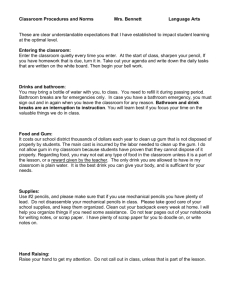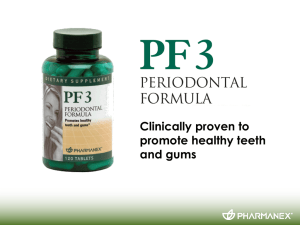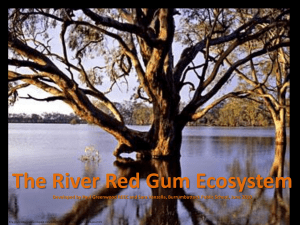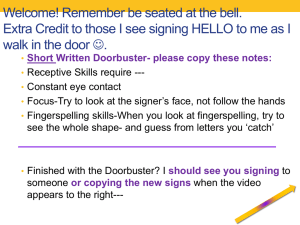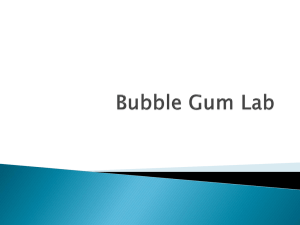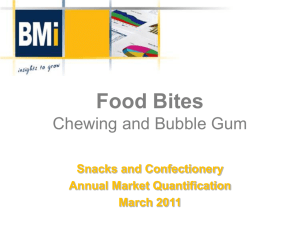Bubble Gum Lab and Conclusion Questions
advertisement
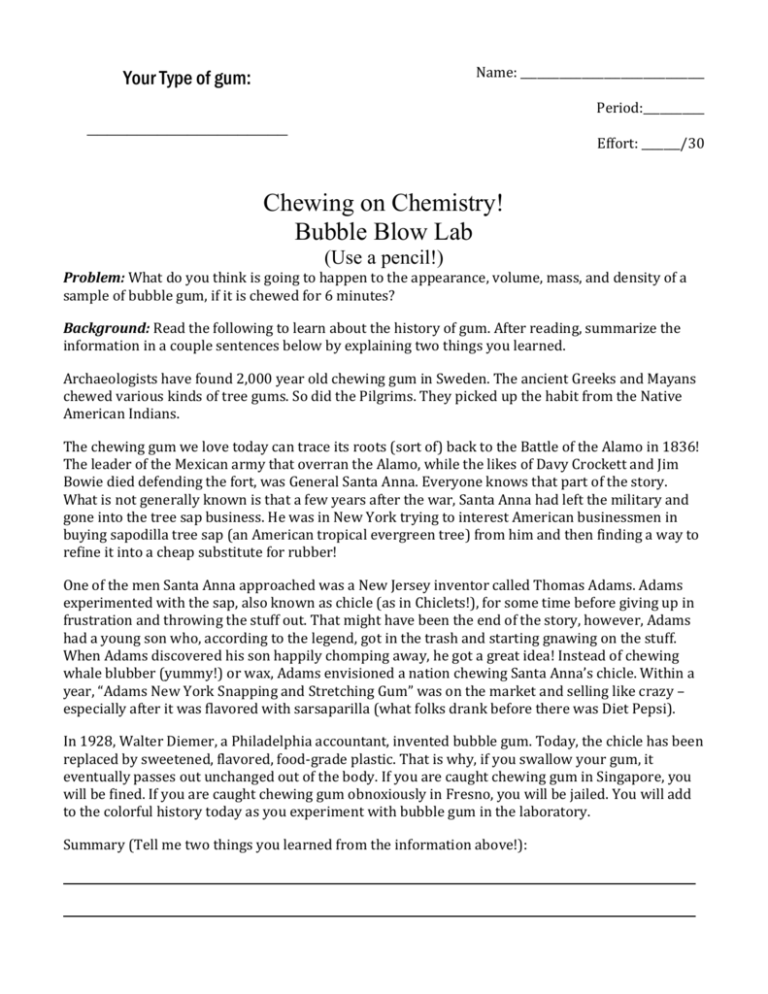
Name: _________________________________ Your Type of gum: Period:___________ ____________________ _ Effort: _______/30 Chewing on Chemistry! Bubble Blow Lab (Use a pencil!) Problem: What do you think is going to happen to the appearance, volume, mass, and density of a sample of bubble gum, if it is chewed for 6 minutes? Background: Read the following to learn about the history of gum. After reading, summarize the information in a couple sentences below by explaining two things you learned. Archaeologists have found 2,000 year old chewing gum in Sweden. The ancient Greeks and Mayans chewed various kinds of tree gums. So did the Pilgrims. They picked up the habit from the Native American Indians. The chewing gum we love today can trace its roots (sort of) back to the Battle of the Alamo in 1836! The leader of the Mexican army that overran the Alamo, while the likes of Davy Crockett and Jim Bowie died defending the fort, was General Santa Anna. Everyone knows that part of the story. What is not generally known is that a few years after the war, Santa Anna had left the military and gone into the tree sap business. He was in New York trying to interest American businessmen in buying sapodilla tree sap (an American tropical evergreen tree) from him and then finding a way to refine it into a cheap substitute for rubber! One of the men Santa Anna approached was a New Jersey inventor called Thomas Adams. Adams experimented with the sap, also known as chicle (as in Chiclets!), for some time before giving up in frustration and throwing the stuff out. That might have been the end of the story, however, Adams had a young son who, according to the legend, got in the trash and starting gnawing on the stuff. When Adams discovered his son happily chomping away, he got a great idea! Instead of chewing whale blubber (yummy!) or wax, Adams envisioned a nation chewing Santa Anna’s chicle. Within a year, “Adams New York Snapping and Stretching Gum” was on the market and selling like crazy – especially after it was flavored with sarsaparilla (what folks drank before there was Diet Pepsi). In 1928, Walter Diemer, a Philadelphia accountant, invented bubble gum. Today, the chicle has been replaced by sweetened, flavored, food-grade plastic. That is why, if you swallow your gum, it eventually passes out unchanged out of the body. If you are caught chewing gum in Singapore, you will be fined. If you are caught chewing gum obnoxiously in Fresno, you will be jailed. You will add to the colorful history today as you experiment with bubble gum in the laboratory. Summary (Tell me two things you learned from the information above!): Hypothesis: What do you think is going to happen to the appearance, volume, mass, and density of gum after you chew it? BE CAREFUL – EACH PERSON IN YOUR GROUP HAS A DIFFERENT PIECE OF GUM! Here is a sample hypothesis: The appearance of the gum will change from a nicely shaped piece of gum to a teeth-marked piece of gum. The mass will increase due to my saliva on the gum. This increase in mass will increase the density of the gum. There will be no change in volume. Make sure you phrase it as a testable statement. Think carefully about this – you will be graded on the quality of your hypothesis! Use an “If…then…” statement if you’d like! Materials: Trident Gum, Orbit Gum, and Extra Bubble Gum Beam Scale Piece of loose leaf paper Ruler Graduated Cylinder Water Timer (use IPAD) Calculator (use IPAD) Procedure: 1. BEFORE CHEWING GUM: Measure all of the characteristics as follows, and record them in your DATA TABLE 1 below. a. Appearance - write as detailed of a description as possible (texture, color, shape, etc.). b. Mass- use balance. c. Volume- Write down the length, width, and height of your bubble gum below. Calculate the volume of your gum in cm3 using the formula – use cm for your length, width , and height: Volume = length x width x height d. Density- calculate the density in g using the formula: Density = mass ÷ volume 2. Chew gum for 6 minutes (the fun and tasty part!) 3. AFTER CHEWING GUM: Measure all characteristics as you did before chewing gum, and record in data table 1 below. a. Appearance- same as above. b. Mass- same as above. c. Volume- measure volume using water displacement, since the gum is now shaped weird! To prevent the gum from sticking to the graduated cylinder, use a string to drop the gum in the graduated cylinder just below the water line. Record the initial and final volumes of the water below, and then subtract the two to get the volume of the gum. d. Density- same as above. Data: MAKE SURE YOUR DATA HAS UNITS! Type of Gum: _________________________________________ DATA TABLE 1 Characteristic(s) Before Chewing After Chewing Appearance Mass (length x width x height) Volume (length x width x height) First water volume = Final water volume = Volume of gum = Density (mass ÷ volume) DATA TABLE 2 Individual in the Group Type of Gum % Mass Change Yourself Calculations: Calculate the % change in mass BELOW as a result of chewing the gum. % Mass change = (mass after - mass before) x 100%= mass before Conclusion: 1. Look at data table for mass. Did the mass of your gum increase, decrease, or stay the same? Write at least one detailed sentence that explains why this is. 2. Look at data table 1 for volume. Did the volume of your gum increase, decrease, or stay the same? Write at least one detailed sentence that explains why this is. 3. What does a negative % mass change mean? What does a positive % mass change? What did all of your group’s gum types have – a negative or positive % mass change? 4. Look at data table 1. Did the density of your gum increase or decrease? Write one sentence describing how you can tell that the density did this by chewing your gum! 5. What has to happen to the mass of your gum, or to the volume of your gum, for its density to increase? 6. Why is it possible that your results for this lab may have been inaccurate?

